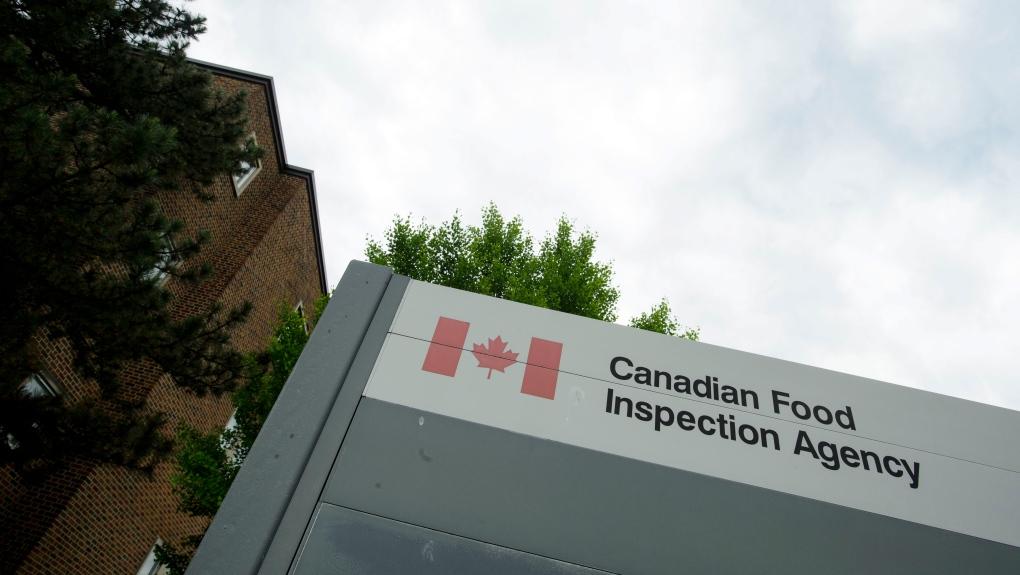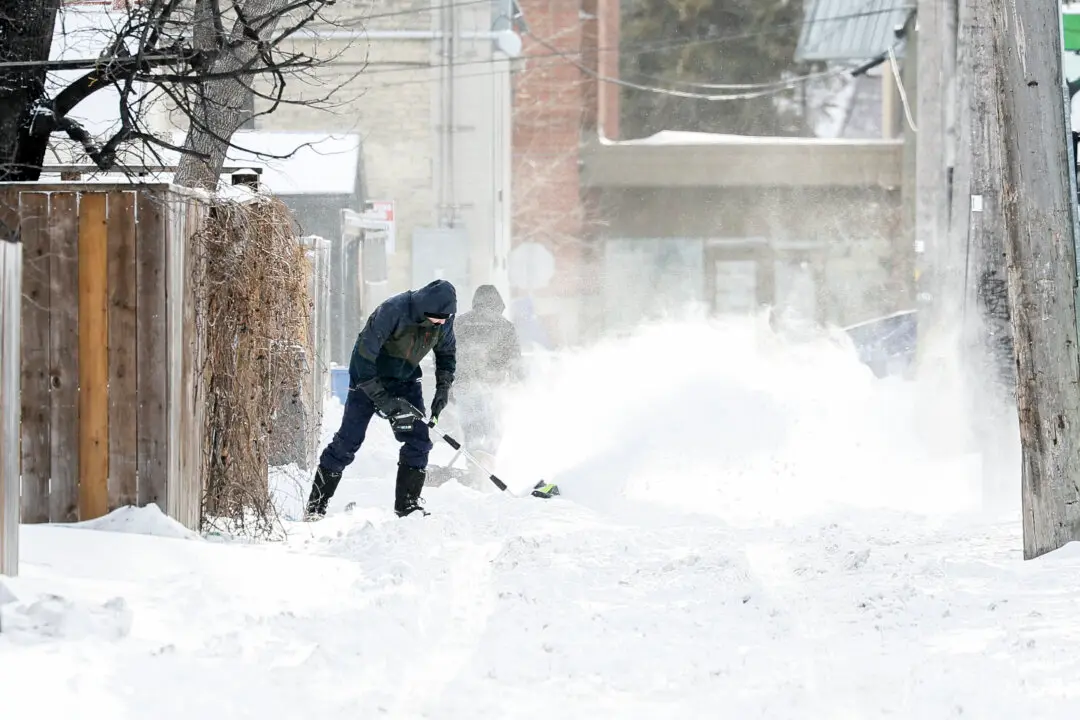OTTAWA—Canada’s top doctor says the country has been successful at slowing the spread of COVID-19 but is warning that relaxing public health restrictions too quickly or too soon could lead to a rampant resurgence of the disease.
Dr. Theresa Tam presented a new report on the novel coronavirus in Canada, including new short-term projections that say between 157 and 1,857 more Canadians could die of COVID-19 in the next 11 days.





